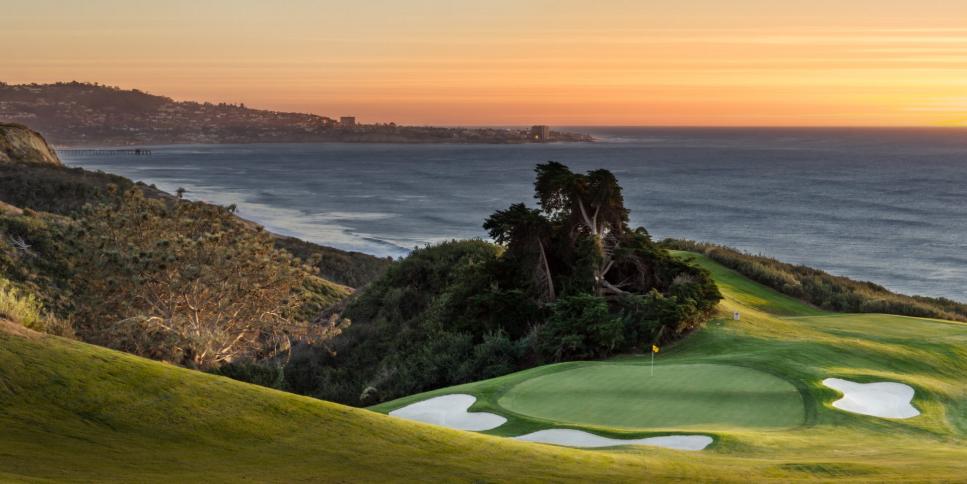The Loop
Tom Weiskopf's redesign of Torrey Pines' North Course a friendly complement to the South

SAN DIEGO, Calif. — The South Course at Torrey Pines with its U.S. Open pedigree is the obvious star of these coastal bluffs in La Jolla, but as such it comes with a steep price beyond its green fee. It is an 18-hole brawl with a behemoth, a good view spoiled.
The North Course, meanwhile, was easier on the ego, but even with its own spectacular scenery was never able to escape the shadow of its brutal brethren.
Tom Weiskopf, with his renovation, or redesign, as he preferred to call it, set out to change the North Course perception as an afterthought.
“I think everybody is going to enjoy this golf course,” he said on site on Monday. “It’s playable. It’s maintainable. It’s memorable. This is such a special piece of property.”
Unquestionably it was in need of a makeover, both for the tour players and the public. But Weiskopf focused on the latter and the 80,000 rounds it plays there annually, rather than the former, who play one round a year on it, in the Farmers Insurance Open.
“The statistic I’ve always designed against is this: There are 25 million golfers in the U.S. as defined by the National Golf Foundation. Ninety-two percent of the 25 million golfers do not break 90. Fifty percent of the 92 percent don’t break 100. Eight-and-a-half percent break 90, but don’t break 80. One half of one percent, assuming they play by the rules, break 80. It’s a very hard game.
“We have to get people around here. It wasn’t its purpose for us, to make it equal [in difficulty] to the south. It’s for those who come out and play and we want them to come back and play.”
Toward that end, Weiskopf has reduced the number of bunkers from 60 to 42 and made them generally easier from which to play. Average green sizes have increased from about 4,500 square feet to 6,000 square feet. He’s added his signature touch, a drivable par 4, the new seventh hole. The fairways are marginally wider and he’s softened playability in areas fronting the greens.
“My philosophy is to put the penalties on the side of holes,” he said. Penalties are not directly in front, so people can play by missing the ball in front of these greens and still have a good pitch or a chip and even a long putt.”
Weiskopf also reversed the nines. “I thought that was very important. The back nine, the old front nine, is the more iconic of the two nines from the standpoint of its location of holes on the ravines overlooking the ocean and looking back on the beach south to San Diego. It just leaves you with a much more positive, memorable experience when you play the nines that way.”
The new back nine includes the course’s two most memorable holes, the par-3 15th (formerly the sixth) and par-4 16th. On the latter hole, an uphill climb along the cliff to a green elevated to the extreme, he lowered the green by 10 or 12 feet.
“It was not a good hole in my estimation. The reason it was so difficult is that everybody came up a club short. Even if they hit a pretty good shot and hit it on the front of that green it would roll back down the hill, kind of like the ninth hole at Augusta.”
One downside is that 50 to 60 Torrey pine trees had to be removed, the result of a beetle infestation. But in removing them, an upside was created. “It’s sad the trees are gone,” he said, “but it’s opened up some magnificent views.”
The sum of his work is that the North Course need not be an afterthought. It’s now more of a viable and more pleasurable alternative to the South, or a reason for visitors from out of town to schedule 36 holes instead of 18.

